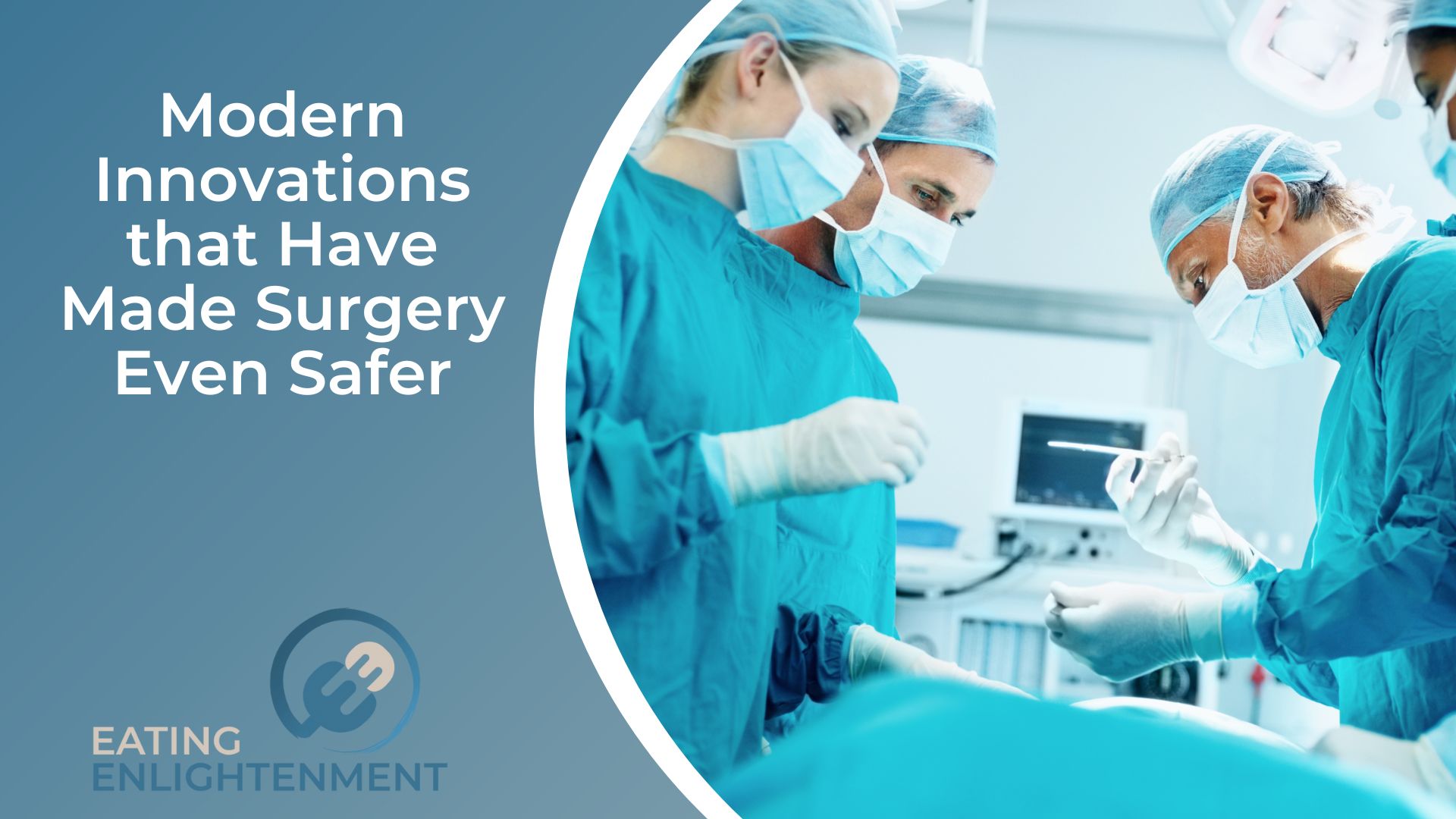Surgery is an incredibly old practice that has been performed by doctors and health professionals for hundreds, if not thousands of years. Over time, it has been developed and improved upon, largely in the instruments and tools used.
With the power of modern technology, surgery is improving faster than ever before. Let’s take a look at three modern innovations that have made surgery even safer. Read on to learn more.
New Surgical Retractors
Surgeons use retractors to hold open incisions while procedures are performed. In the past, retractors required someone to hold them in place while the surgeon worked. This wasn’t particularly practical and could make the operating theatre feel cramped and crowded.
One of the most exciting recent innovations in the medical field has been the self-retaining surgical retractor. These advanced retractors can lock in place, without the need for manual operation. This gives surgeons much more freedom to carry out procedures and reduces the number of staff required in the operating theatre at one time. This prevents collisions from occurring, making the process much safer for all involved.
Furthermore, these new retractors are made of medical-grade single-use plastic, which prevents cross-contamination and can stop infections and bacterial activity. Infections picked up during surgery can be extremely serious. By using medical-grade plastic that can be discarded after every use, the risk of infection is reduced massively.
AI Integration
Artificial intelligence (AI) is a revolutionary technology that is transforming a range of different industries, including the healthcare sector. It uses super-intelligent computer systems that can automate tasks and learn as they go.
Before a patient undergoes surgery, healthcare workers must conduct stringent tests and assessments to ascertain the patient’s eligibility for surgery and to create a pre- and post-surgery plan. AI can be used to streamline this process, carrying out assessments faster and with greater efficiency, reducing the risk of human error and improving patient outcomes.
When combined with robotics, AI can even be used to assist in surgical procedures. These machines can perform intricate tasks with a high degree of accuracy and can respond to different situations as they arise in real time.
Minimally Invasive Surgery
Minimally invasive surgery (MIS) is, as the name might suggest, carrying out surgical procedures in the least invasive way possible. To do so, surgeons make tiny incisions in patients and then insert a light to illuminate the inside of the body. Instruments are then inserted through other small incisions to carry out the procedure.
Surgery can be traumatic for patients, both physically and emotionally. With MIS, surgeons can perform procedures and minimise trauma as much as possible. This makes operations safer and improves patient recovery rates.
Conclusion
Surgery is an enormously important part of the healthcare industry. It has saved innumerable lives over the years, and medical professionals are constantly working to make it safer for patients. Some of the most exciting innovations in the surgical field over the past few years include new self-retaining surgical retractors, integration with AI technology and the development of minimally invasive surgery techniques.



